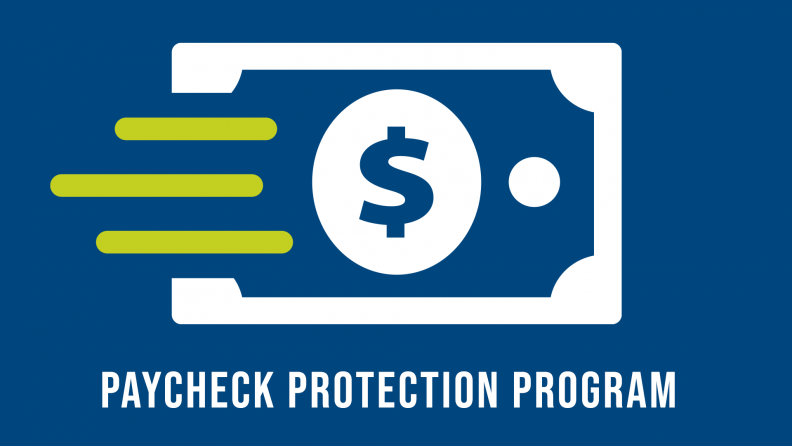Originally posted on the Opportunity Finance Network blog
Updated July 8, 2020
August 8 is the new deadline for lenders to submit Paycheck Protection Program (PPP) applications on behalf of small businesses adversely impacted by COVID-19. Since early April, millions of small businesses have received PPP loans, which in most cases become grants if the small business meets certain conditions. While initially sidelined, CDFIs swiftly mobilized once they were brought in as PPP lenders, helping many of the smallest of these businesses—and recent data shows CDFI performance outpaced the larger lenders in the program.
In the early weeks of the PPP, too many very small, minority- and women-owned businesses experienced serious difficulties in securing PPP loans. The CDFI industry was well-positioned to serve these customers, but for weeks the Small Business Administration and U.S. Treasury resisted allowing more CDFIs to become PPP lenders. Lesson? When you shut out the lender, you also shut out the lender’s customers.
Eventually, and only after concerted advocacy, CDFIs were recognized for their specialized expertise, and offered an expanded role in the program. On May 28, $10 billion in PPP funding was “set aside” for CDFIs to lend with the hope that more very small, minority- and women-owned businesses in low-wealth markets would be served. Many of these customers were helped by CDFI PPP lenders, but by the time dedicated PPP resources were directed to CDFIs, demand for the program had fallen off. Sadly, some small businesses had already closed their doors, including 41% of Black-owned businesses. Others had become discouraged about qualifying for a forgivable PPP loan.
Even with the delay, CDFIs showed remarkable success as PPP lenders, outperforming much larger and better capitalized lenders. Consider that the entire CDFI industry (1,100 institutions) has $222 billion in total assets. In less than three months, a subset of the CDFI industry (303 CDFIs) made 106,113 PPP loans for a total of $7.4 billion. By comparison, the largest PPP lender, JPMorgan Chase at $2 trillion in total assets, is about nine times the size of the entire CDFI industry but made only four times the amount of PPP loans that CDFIs did.
The nation’s small businesses cannot afford for CDFIs to be an afterthought in public policies addressing the economic crisis brought on by COVID-19. The PPP experience demonstrated that when CDFIs are empowered with supportive policies coupled with capital, they outperform other lenders.
As Congress and the Administration consider how to support medium- and long-term economic recovery, CDFIs must play a central role or their customers will be left behind again. The House of Representatives has taken an important first step by including $1 billion in grants to CDFIs in the HEROES Act. The Senate and Administration must approve $1 billion in rapid response CDFI Fund grants as well.
Our nation is reeling from a pandemic, the economy is in recession, and there is growing civil unrest brought on by years of systemic racism and oppression. CDFIs are ideally positioned to address these challenges and contribute to the difficult work of re-opening, re-building, and recovery. Learn the lesson from the PPP: When CDFIs are given more responsibility and resources, they outperform mainstream financial institutions and reach the hardest to reach people and communities. On the other hand, when lenders like CDFIs are left out, the communities they serve are left out.
Congress and the Administration cannot go back and save the businesses that have already closed because of COVID-19, but they do have a tremendous opportunity right now to help ensure a shared, equitable recovery for other hardest-hit small businesses as we move forward. An investment in CDFI capacity NOW will pay off in improved outcomes for low-wealth communities.
